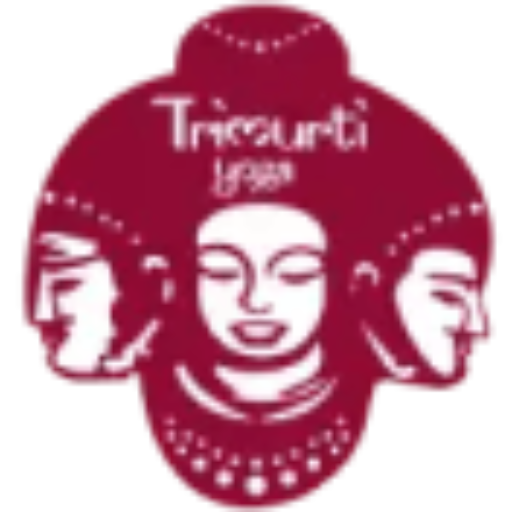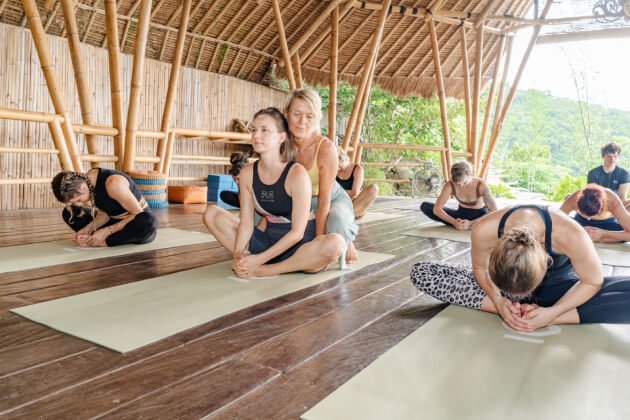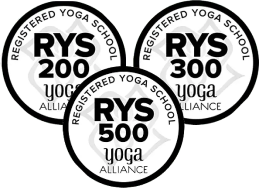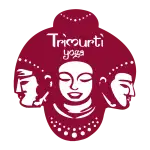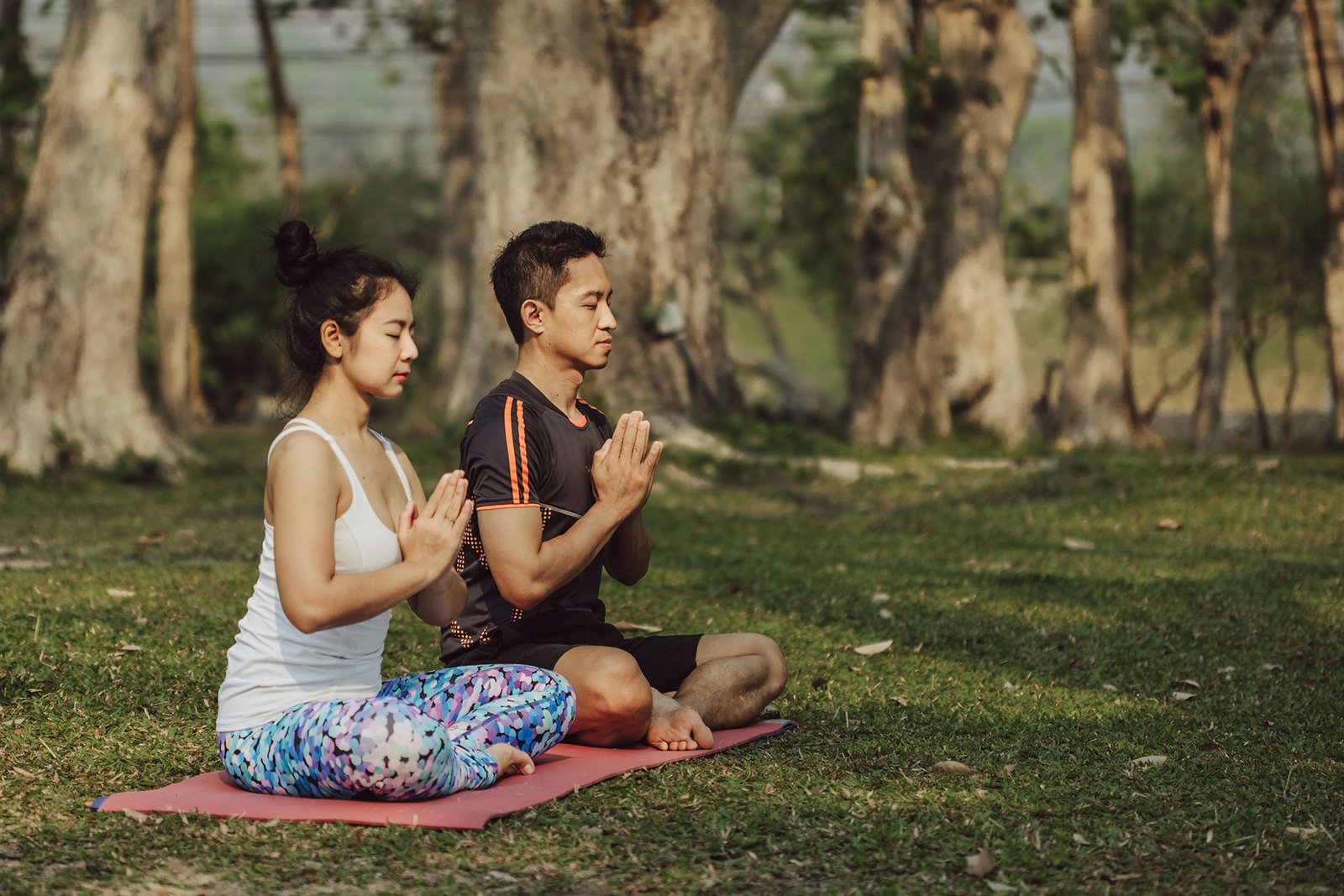
Completing a Yoga Teacher Training (YTT) is often a life-changing experience. Whether you’ve done a 200-hour foundational course or gone deeper with 300-hour advanced training, the immersion, discipline, and daily routine of YTT can transform the way you relate to yoga. But once training is over and you return to your everyday life, it’s natural to wonder: how do I sustain this practice long-term?
Maintaining a sustainable yoga practice post-YTT requires balance, commitment, and adaptability. Instead of chasing perfection, it’s about building a rhythm that supports both your personal growth and your teaching journey.
Table of Contents
Toggle 1. Redefine Your Why
1. Redefine Your Why
During YTT, your motivation is often clear — you’re there to learn, grow, and immerse yourself. Post-training, it helps to pause and redefine your “why.” Ask yourself:
- Do I want to deepen my personal practice?
- Do I want to share yoga with others?
- Do I want yoga to support my physical, mental, or spiritual health?
Having a strong personal intention will ground your practice and keep it sustainable when life gets busy.
2. Establish a Realistic Routine
After YTT, it’s easy to aim for two-hour daily practices, but this can quickly lead to burnout. Instead, focus on creating a routine that’s realistic and sustainable.
- Start with 20–30 minutes daily or every other day.
- Alternate between active asana sessions, meditation, and pranayama.
- Include rest days to allow your body to recover.
Consistency is more valuable than intensity. Even short practices done regularly will have a greater long-term impact than occasional long sessions.
3. Keep Learning and Exploring
Yoga is a lifelong journey. After training, continue expanding your knowledge:
- Attend workshops or online courses.
- Explore different styles such as Yin, Restorative, or Kundalini to balance your Vinyasa or Hatha foundation.
- Read yoga philosophy texts to deepen your understanding off the mat.
Continuous learning keeps your practice fresh and helps you grow as both a student and a teacher.
4. Find Community and Connection
YTT often surrounds you with like-minded peers, but after it ends, practising alone can feel isolating. To sustain your practice:
- Stay in touch with your YTT classmates through online groups.
- Join a local studio or online yoga community.
- Organise practice circles or teaching swaps with fellow teachers.
Being part of a supportive network keeps you motivated and accountable.
5. Balance Teaching and Personal Practice
If you start teaching right after YTT, it can be tempting to focus all your energy on your students. While teaching is a powerful form of learning, don’t neglect your own mat time. Dedicate personal practice separate from your class preparation. Remember: your students benefit most when you are nourished by your own yoga.
6. Embrace Mindfulness in Daily Life
Sustainable yoga practice is not only about time on the mat. It’s also about how you live off the mat. Carry mindfulness into everyday activities:
- Practice gratitude journaling.
- Eat mindfully.
- Take mindful breaks during work.
- Cultivate compassion in interactions.
This integration ensures yoga becomes a lifestyle rather than just a practice.
7. Listen to Your Body and Prevent Burnout
Over-practising or pushing too hard can lead to injury or mental fatigue. Post-YTT, it’s common to feel the urge to “do it all,” but sustainability comes from honouring your body’s signals. Some days, restorative poses or meditation might serve you more than a vigorous flow. Remember, yoga is about harmony, not extremes.
8. Return to the Foundations
It’s easy to get caught up in advanced asanas or complex pranayama after YTT, but sustainable practice always rests on strong foundations. Return regularly to basic postures, simple breath awareness, and core philosophical principles like ahimsa (non-harming) and satya (truthfulness). These are the pillars that support longevity in your practice.
9. Keep the Spirit of YTT Alive
Finally, reflect on the practices, habits, and inspirations you gained during your training. Perhaps it was morning meditation, journaling, or sharing meals in community. Adapt these into your lifestyle in small, practical ways. Even simple rituals — like lighting a candle before practice — can help you stay connected to the spirit of YTT.
Conclusion
Completing your YTT is not the end of your yoga journey — it’s the beginning of a deeper relationship with the practice. By setting intentions, creating a realistic routine, staying connected to the community, and living yoga beyond the mat, you can maintain a sustainable practice that nurtures both your personal growth and your ability to guide others.
Sustainability in yoga is not about doing more — it’s about doing what’s meaningful, consistent, and aligned with your life.

